Animals have intrigued humans for centuries, particularly the vast array of ways they communicate. From complex vocalizations to intricate body language, these methods reveal a wealth of information about the animal world. Some communication techniques seem so advanced that researchers are only now beginning to understand their full implications. This article delves into fifteen fascinating ways animals communicate, offering a glimpse into their secretive lives.
Vibrational Communication in Elephants

Elephants are renowned for their intelligence and social complexity. They communicate through infrasound, which are low-frequency vibrations that can travel several kilometers through the ground. This allows them to stay in touch with distant herds, alerting them to potential threats or guiding them to resources. Recent studies have revealed the sophistication of these signals, suggesting a rich tapestry of conversation that’s largely hidden from human ears.
Bioluminescent Signals Among Deep Sea Species

In the depths of the ocean where sunlight is scarce, many marine animals, including certain species of jellyfish and fish, use bioluminescence to communicate. This light production not only helps them find prey or mates but can also serve as a warning or camouflage. The specific patterns and colors serve different purposes, opening new areas of research on how these species evolve in such an extreme environment.
Dolphin Echolocation Abilities

Dolphins are known for their remarkable echolocation abilities. They emit clicking sounds and interpret the returning echoes to understand their environment. This allows them to detect objects, prey, and even communicate with other dolphins. Their ability to fine-tune these clicks in different situations showcases an impressive sensory skill that continues to intrigue researchers.
Alarm Calls in Meerkat Societies

Meerkats live in tightly-knit groups and have developed a sophisticated system of calls to warn each other about predators. Each type of call corresponds to a different threat, such as aerial or ground predators, prompting specific responses from the group. This complex vocal communication underscores the importance of teamwork and social bonds in their survival.
Bee Dance
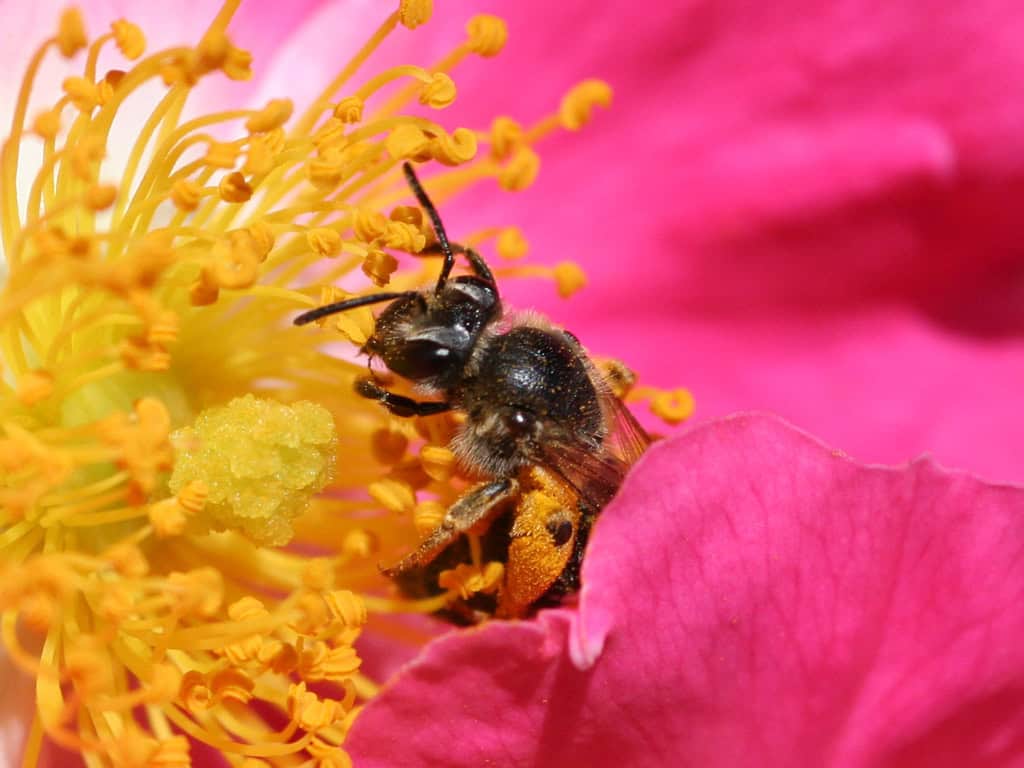
Bees employ a unique form of communication known as the “waggle dance” to convey information about the location of food sources. By waggling their body at specific angles and speeds, they inform other bees about the distance and direction to the nectar. This precise dance is a testament to the collective intelligence and organization of bee colonies.
Color Changes in Chameleons
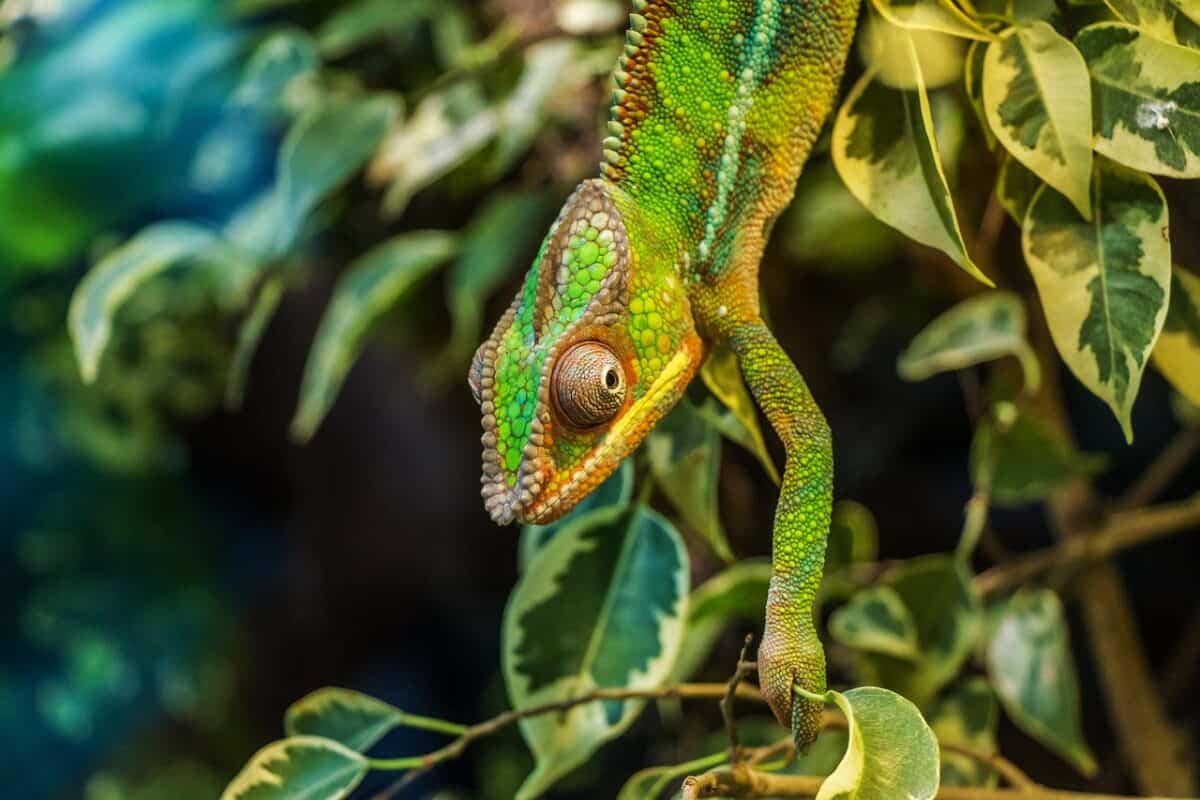
Chameleons are famous for their ability to change color, but this isn’t solely for camouflage. These reptiles also use color changes as a form of communication, to signal aggression, attract mates, or express submission. Scientists are discovering more about the structural and physiological mechanisms behind this intriguing process.
Whale Songs

Whales produce complex songs that travel hundreds of miles through the ocean. These haunting melodies are thought to play a role in mating but may also aid in navigation and social bonding. Each pod has its own dialect and song patterns, offering insights into their social structures and learning behaviors.
Ant Pheromone Trails

Ants use pheromones as chemical signals to coordinate activities, such as leading others to food sources or alerting them to danger. By laying down or following these invisible trails, they exhibit highly organized behavior. This chemical communication allows them to react rapidly and adapt to changes in their environment.
Prairie Dog Vocabulary
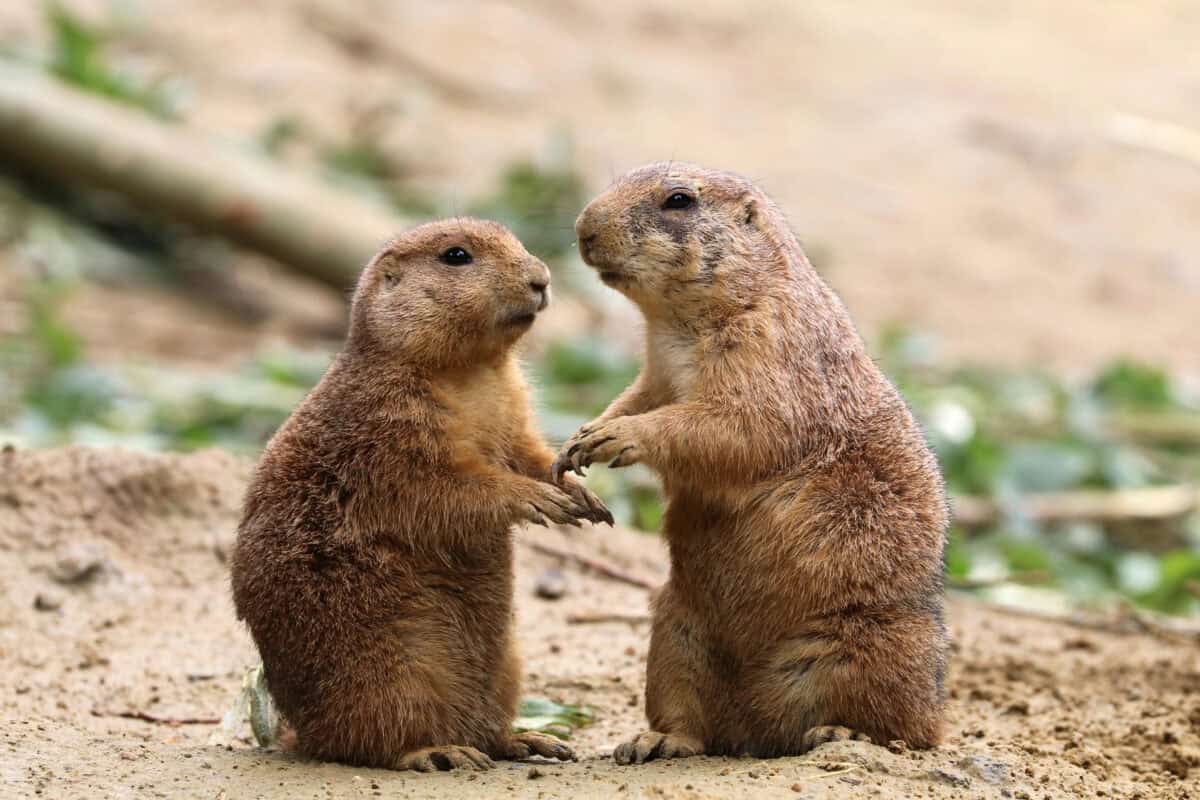
Prairie dogs are small burrowing rodents known for their complex vocalizations. They have a sophisticated ‘language’ with distinct calls that can describe the size, shape, and color of predators. This detailed communication reflects their social nature and helps protect the community from threats.
Peacock Displays

The extravagant tail feathers of a peacock aren’t just for show; they convey important social cues. By fanning out their feathers and performing elaborate displays, peacocks communicate their health and vigor to potential mates. Researchers continue to explore how these visual signals affect mating choices and social hierarchies.
Octopus Body Language

Octopuses are known for their intelligence and ability to change skin color and texture. These changes can communicate threat displays, camouflage, or mating readiness. By studying these color shifts alongside their behaviors, scientists are gaining a deeper understanding of their cognitive abilities and social interactions.
Bats’ Acoustic Richness

While bats are famed for echolocation, their vocal repertoire is equally impressive. They produce a variety of calls to navigate and communicate with others, coordinating activities like foraging or finding roosts. These vocalizations exhibit complex patterns, indicating a sophisticated form of social interaction within colonies.
Parrot Mimicry Beyond Words
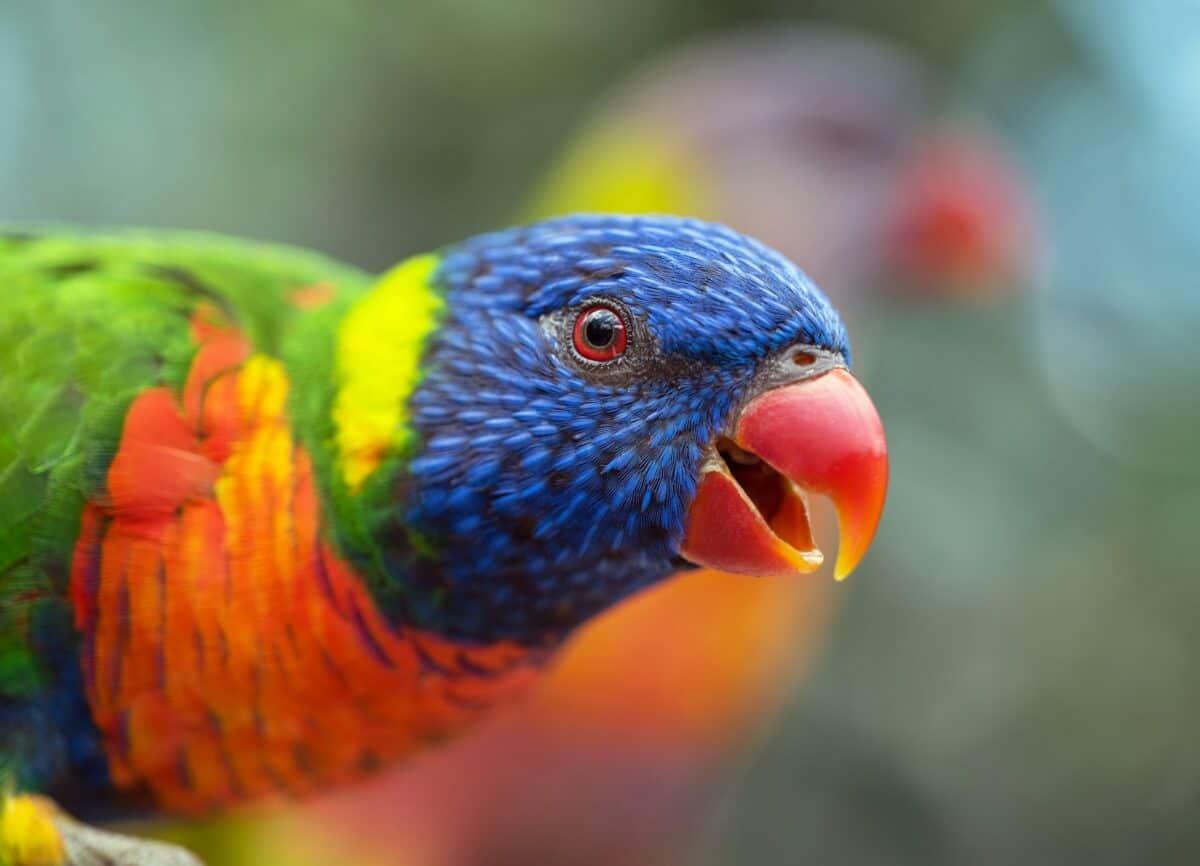
Parrots are renowned for their ability to mimic human speech, but this skill extends to their interactions within their own species. They use mimicry and original sounds to communicate emotions, establish territory, and engage in social bonding. Studying these interactions challenges our understanding of avian intelligence and social behavior.
Fireflies’ Rhythmic Pulses

Fireflies communicate using bioluminescent light patterns that are not just for attracting mates but also for deterring predators and establishing territory. The rhythm and timing of these light displays vary between species, serving as an intricate visual language that is only beginning to be understood in its entirety.
Frog Calls
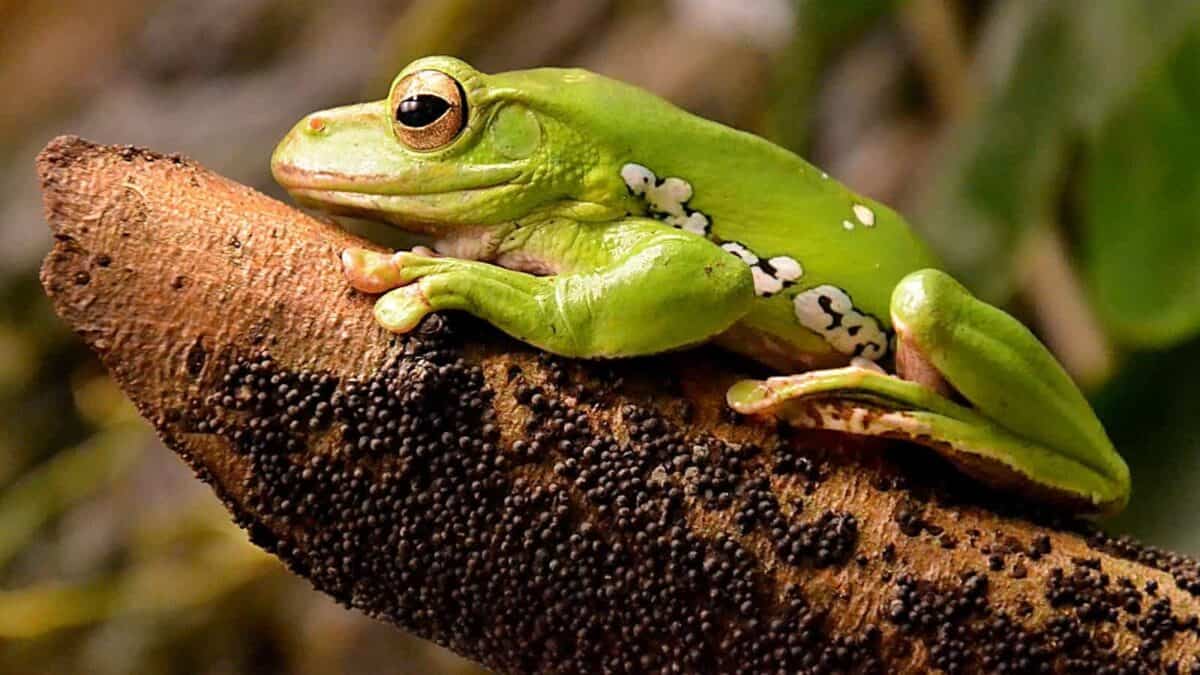
Frog calls are crucial during mating season, with each species producing unique croaks to attract mates. These calls convey a range of information, from the frog’s size to its location, and even competitive fitness. The diversity and adaptability of these calls reflect the evolutionary pressures faced by frogs in varied ecosystems.
In conclusion, animal communication is a dynamic and multifaceted field that continues to evolve with each new discovery. These fifteen fascinating modes of dialogue reflect the intricate lives led by creatures across the globe, underscoring the profound intelligence and adaptability inherent in the animal kingdom. As we delve deeper into understanding these techniques, we uncover more about the complexity of life and the importance of preserving these unique voices of nature.
- 15 Fascinating Ways Animals Communicate That We’re Just Beginning to Understand - August 15, 2025
- The Bird That Can Mimic Almost Any Sound - August 14, 2025
- Elephants Never Forget, But Science Just Discovered How Their Memory Works - August 14, 2025

